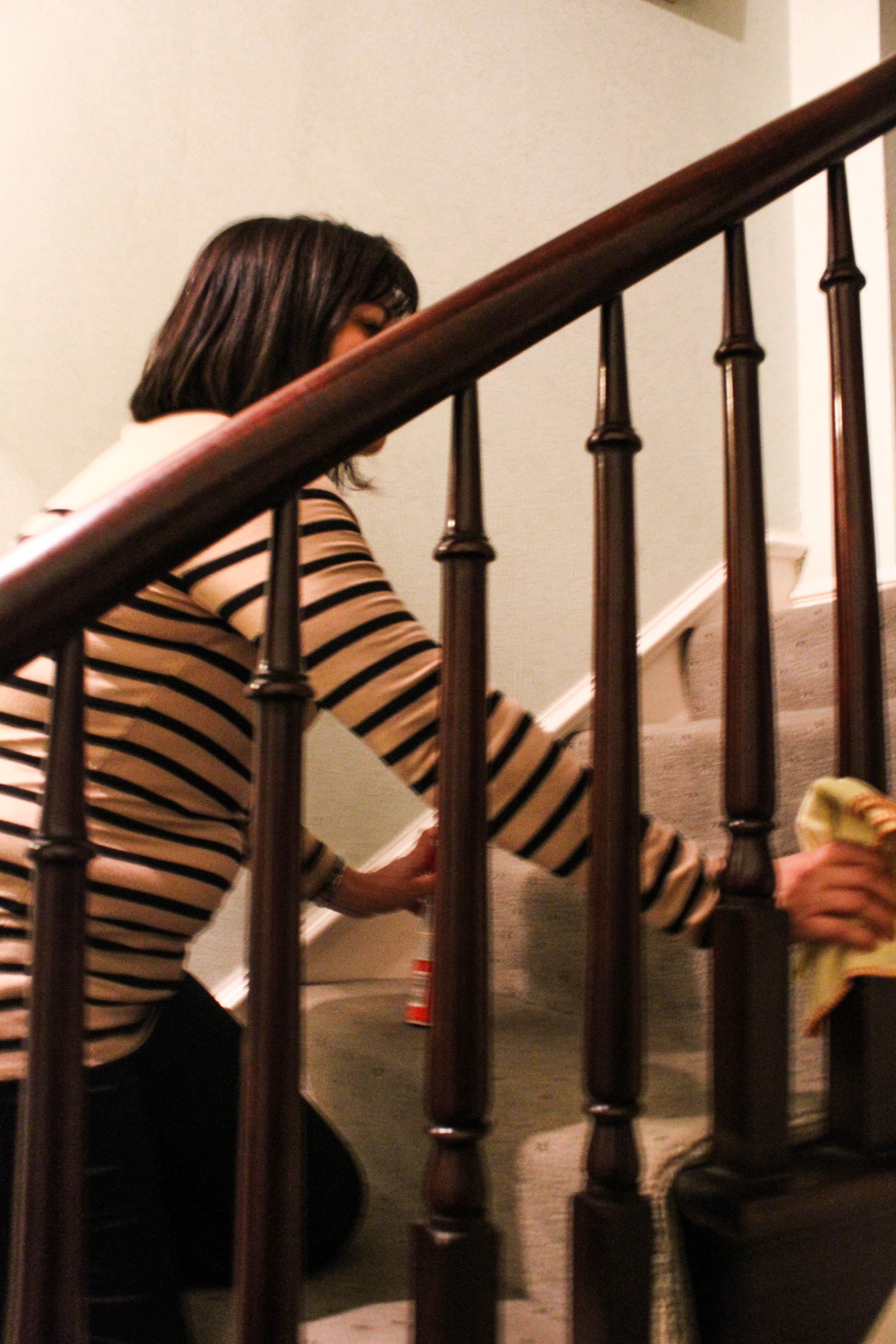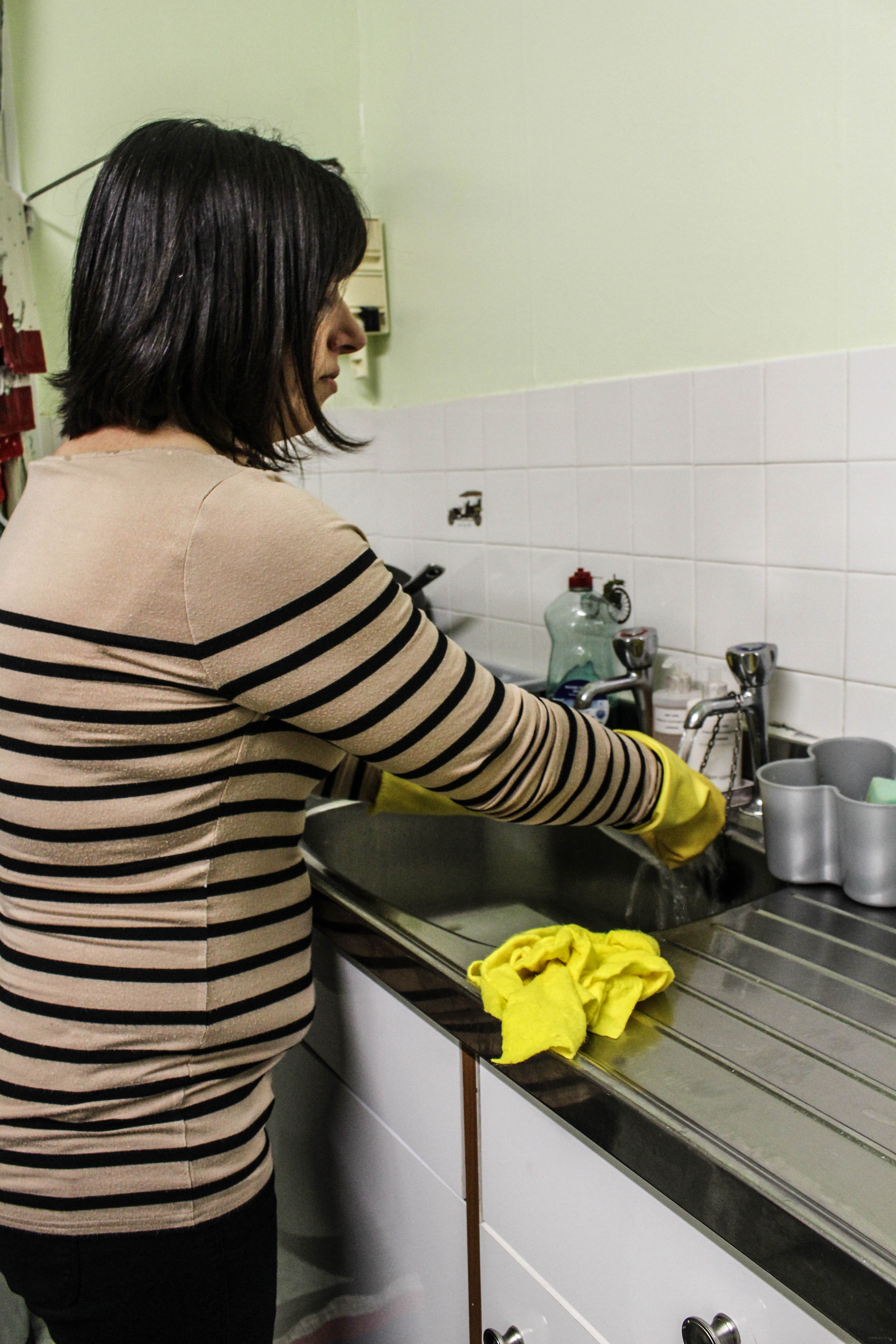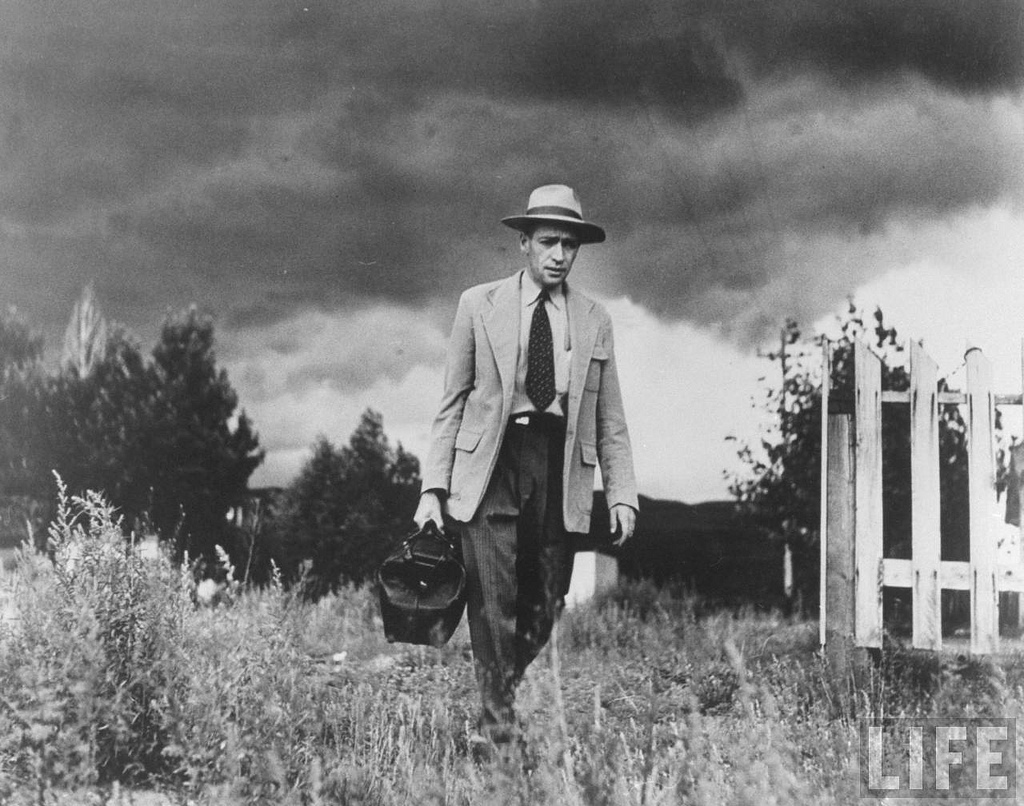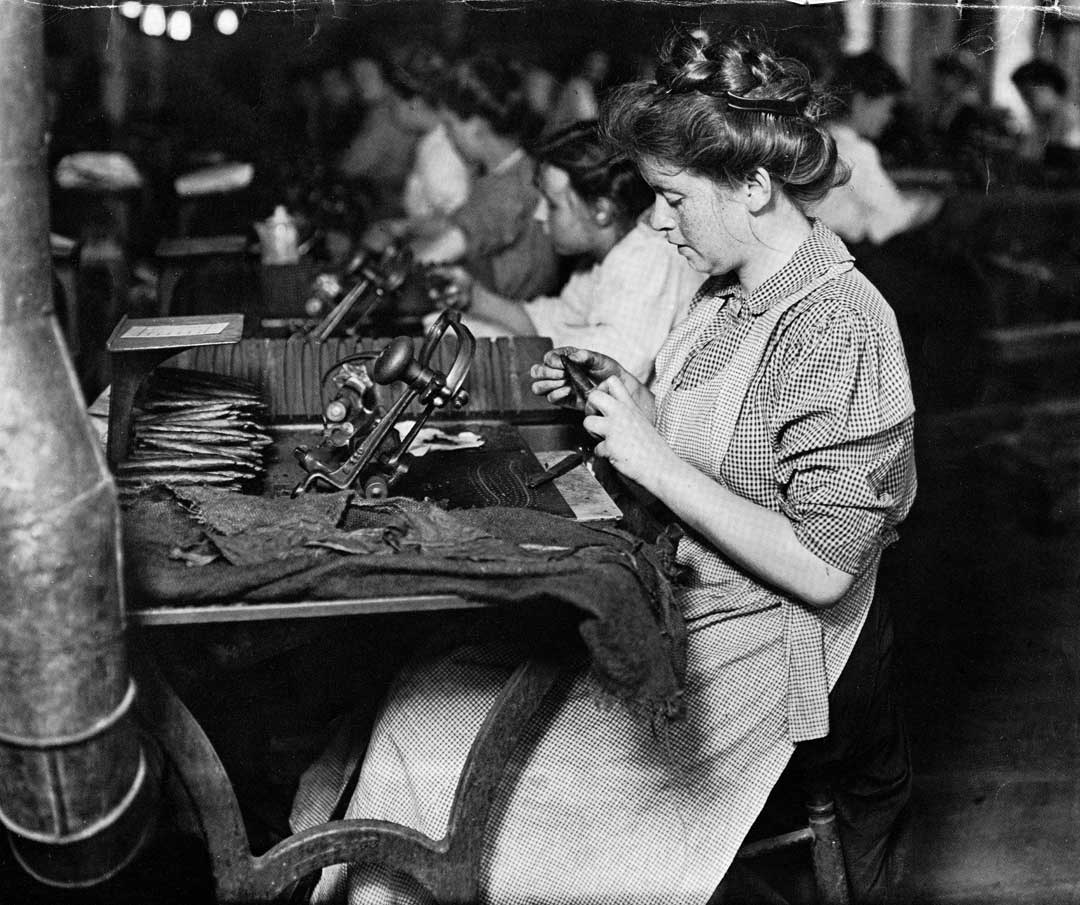“a large- scale, federally funded propaganda machine”
The Farm Security Administration (FSA) was Initially created as the Resettlement Administration (RA) in 1935 as part of the New Deal in the United States, the Farm Security Administration (FSA) was an effort during the Depression to combat American rural poverty.
When Dorothea Lange took the photographs of Migrant Mother she was working for a FSA on a project to capture photographs of the effects of the Great Depression. Roy Stryker was the director of this project. He lay down specifics of religion, social environments and activities he wanted to be captured when making assignments. He further indicated what type of expression he wanted to be captured which now is what we think is behind the photograph.
Propaganda is the formation, of photographs or other sources of information, especially of a biased or misleading nature, used to promote or publicize a particular political cause or point of view. Some people argue that the photograph of Migrant Mother was used as propaganda to raise awareness of the 1930’s in a specific point of view, that is of the depression and poverty. The photograph is of a mother and her children which everyone can relate to and creates a lot of empathy from the viewers. The photos were also used to raise money, however none of that money was given to Migrant Mother herself, however some money was raised and given to the people on the crop farm where the photograph was originally taken. The photographs were then appropriated on to many things such as stamps and it soon became the most reproduced photograph in the history of photography.
Social reform is a kind of social movement that aims to make gradual change, or change in certain aspects of society, rather than rapid or fundamental changes. A reform movement is distinguished from more radical social movements such as revolutionary movements. A Danish migrant published a photo book called ‘ How The Other Half Lives’ which was about the slums of Manhattan. This then triggered photographers such as Lewis Hine and Dorothea Lange to document through photographs industrialization of American Working class families. This brought to the attention the need housing and labor reforms. This photographs then led to what we know now as photojournalism and documentary photography which is used to tell stories, raise awareness and document events.






















